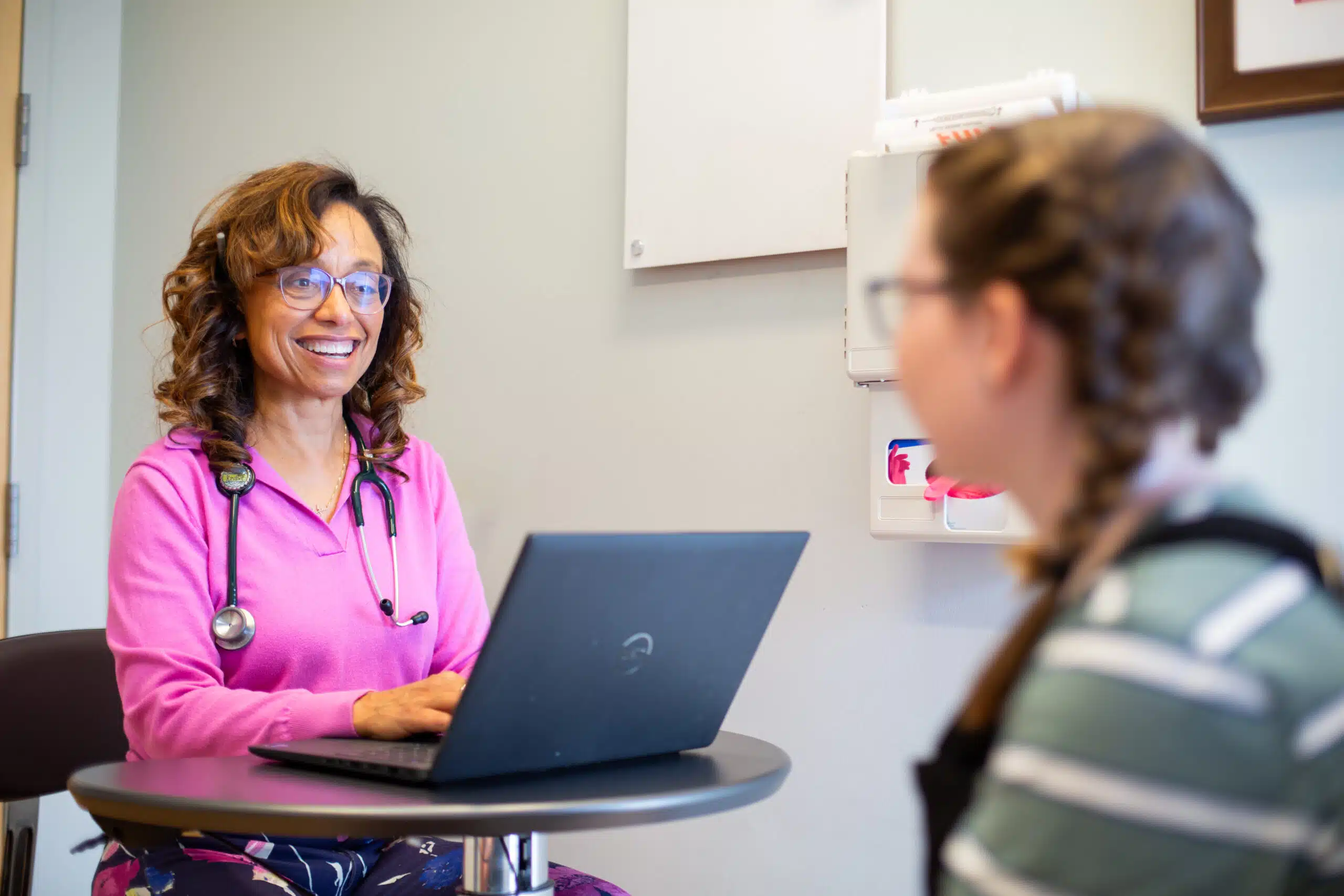For most kids, playground bumps and bruises are no big deal. But for kids with a bleeding disorder like hemophilia or von Willebrand disease (VWD), these injuries—especially to the head—could be an emergency.
What is a bleeding disorder?
A bleeding disorder affects the body’s natural ability to stop bleeding (form a clot) and heal properly. This can cause major problems from blood loss or internal pooling of blood. Males and females are both affected by bleeding disorders, as are all populations across the globe.

How will a parent know if their child has a bleeding disorder?
Toddlers learning to walk might easily bruise when they fall or bump into things. If your child has easier-than-normal bruising, frequent nosebleeds, or heavy menstrual bleeding, an evaluation is recommended. Also, keep an eye on prolonged bleeding after surgery or dental procedures.
How can bleeding disorders cause health problems?
Repeat injuries and stress to joints and muscles can cause vessels to break and then blood to collect in these areas. This can cause pain and mobility loss if not addressed properly.
What do people with bleeding disorders need to do to stay healthy?
People with bleeding disorders can have a normal lifespan if they use preventative therapies and treat bleeding when it happens. They might need to take medicine to replace or increase their clotting factor. They should always wear a medical ID.

Where can you find the best care for a bleeding disorder?
The best place for bleeding disorder care is at a hemophilia treatment center (HTC). Indiana’s only HTC is right here in Indianapolis. Innovative Hematology is home to the Indiana Hemophilia & Thrombosis Center and has all kinds of medical specialties with specific knowledge of bleeding disorders.
If you or your family member has a bleeding disorder, visit www.innovativehematology.org.






